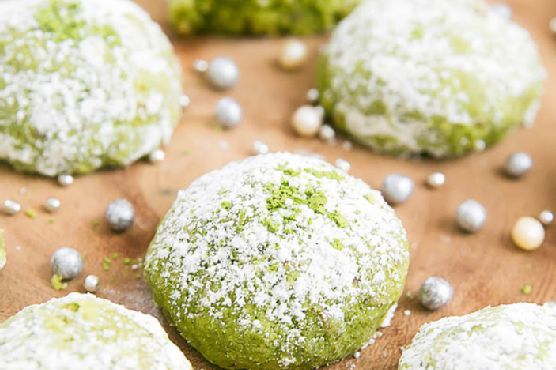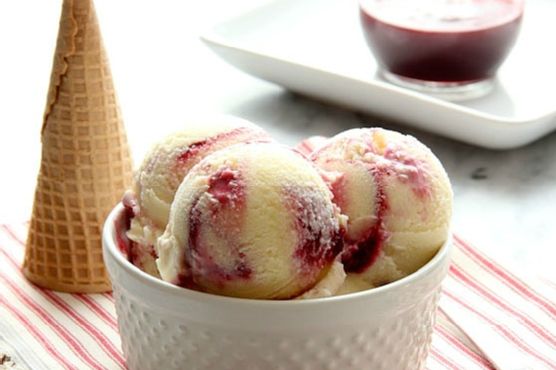Concord Grape Jam
Concord Grape Jam could be just the gluten free, dairy free, lacto ovo vegetarian, and vegan recipe you've been looking for. One serving contains 114 calories, 0g of protein, and 0g of fat. This recipe serves 50. For 23 cents per serving, this recipe covers 1% of your daily requirements of vitamins and minerals. Several people really liked this condiment. 103 people have made this recipe and would make it again. This recipe from Leites Culinaria requires cane sugar, concord grapes, lemon juice, and orange juice. From preparation to the plate, this recipe takes approximately 1 hour and 30 minutes. Taking all factors into account, this recipe earns a spoonacular score of 7%, which is very bad (but still fixable). Concord Grape Jam, Concord Grape Jam, and Concord Grape Jam Tart are very similar to this recipe.
Servings: 50
Preparation duration: 45 minutes
Cooking duration: 45 minutes
Ingredients:
2 1/2 pounds white cane sugar
4 pounds Concord grapes, stemmed
3 ounces (6 tablespoons) freshly squeezed lemon juice, strained
1/2 ounce (1 tablespoon) freshly squeezed orange juice, strained
Very finely grated zest of 1/2 an orange, orange part only, not the underlying bitter white pith
Equipment:
sauce pan
bowl
frying pan
sieve
pot
spatula
Cooking instruction summary:
1. Place a saucer with five metal teaspoons in a flat place in your freezer for testing the jam later.2. Working directly over a small nonreactive saucepan, use your fingers to gently squeeze the flesh from each grape, being careful to catch all the grape innards and juices in the pan. (Editor’s Note: Yes, you really have to stand there and squeeze each grape.) Set the skins aside in a large bowl.3. Bring the grape innards and juices to a simmer over medium heat, cover, and cook until soft, 3 to 5 minutes. Immediately force as much of the pulp as possible through a fine-mesh strainer or chinois placed over the bowl of grape skins. Discard the seeds.4. Add the sieved grape pulp, sugar, lemon juice, orange zest, and orange juice to the grape skins, stirring well. Transfer the mixture to an 11- or 12-quart copper preserving pan or a wide nonreactive pot. Bring to a boil over high heat.5. Continue to cook the jam, stirring very frequently with a heatproof rubber spatula. If the jam starts sticking, lower the heat slightly. When the jam is done, it will acquire a glossier sheen and will have a thicker, more luxurious look than it did initially, usually after 20 to 30 minutes. To avoid overcooking the jam, test it for doneness after 20 minutes of cooking. To test, remove the jam from the heat and carefully transfer a small representative half-spoonful to one of your frozen spoons. Replace the cold spoon in the freezer for 3 to 4 minutes, then remove and carefully feel the underside of the spoon. It should be neither warm nor cold; if still warm, return it to the freezer for a moment. Tilt the spoon vertically to see how quickly the jam runs; if it is reluctant to run, and if it has thickened to a spreadable consistency, it is done. If it runs quickly, cook it for another minute or two, stirring, and test again as needed.6. When the jam is ready, skim any white foam from its surface with a stainless-steel spoon. Pour the jam into sterilized jars and process according to the manufacturer’s instructions.
Step by step:
1. Place a saucer with five metal teaspoons in a flat place in your freezer for testing the jam later.
2. Working directly over a small nonreactive saucepan, use your fingers to gently squeeze the flesh from each grape, being careful to catch all the grape innards and juices in the pan. (Editor’s Note: Yes, you really have to stand there and squeeze each grape.) Set the skins aside in a large bowl.
3. Bring the grape innards and juices to a simmer over medium heat, cover, and cook until soft, 3 to 5 minutes. Immediately force as much of the pulp as possible through a fine-mesh strainer or chinois placed over the bowl of grape skins. Discard the seeds.
4. Add the sieved grape pulp, sugar, lemon juice, orange zest, and orange juice to the grape skins, stirring well.
5. Transfer the mixture to an 11- or 12-quart copper preserving pan or a wide nonreactive pot. Bring to a boil over high heat.
6. Continue to cook the jam, stirring very frequently with a heatproof rubber spatula. If the jam starts sticking, lower the heat slightly. When the jam is done, it will acquire a glossier sheen and will have a thicker, more luxurious look than it did initially, usually after 20 to 30 minutes. To avoid overcooking the jam, test it for doneness after 20 minutes of cooking. To test, remove the jam from the heat and carefully transfer a small representative half-spoonful to one of your frozen spoons. Replace the cold spoon in the freezer for 3 to 4 minutes, then remove and carefully feel the underside of the spoon. It should be neither warm nor cold; if still warm, return it to the freezer for a moment. Tilt the spoon vertically to see how quickly the jam runs; if it is reluctant to run, and if it has thickened to a spreadable consistency, it is done. If it runs quickly, cook it for another minute or two, stirring, and test again as needed.
7. When the jam is ready, skim any white foam from its surface with a stainless-steel spoon.
8. Pour the jam into sterilized jars and process according to the manufacturer’s instructions.
Nutrition Information:
covered percent of daily need















